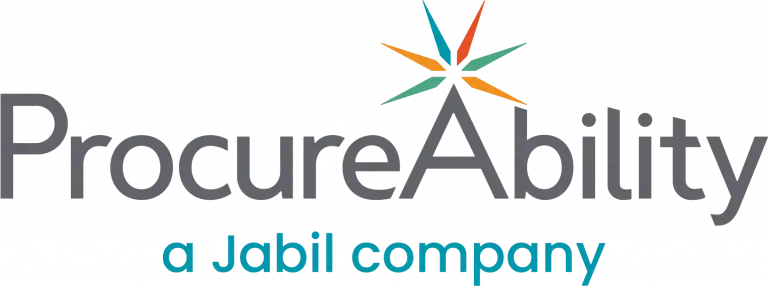Balancing Deregulation and Consumer Demand: Procurement’s Role in Sustainable Progress
With up to 90 percent of a company’s environmental impact tied to its suppliers, procurement sits at the gateway of supply chain sustainability. Procurement identifies partners who meet environmental, social, and governance (ESG) standards, tracks their quality and performance, and ultimately decides whether the sustainability collaboration delivers real value. But how far should sustainability efforts go? Finding the right balance between people, planet, and profit is a constant question. Decisions around ESG investments are shaped by both internal priorities and external pressures – ranging from government regulations to consumer expectations.
EU ESG regulations up for debate
Government regulations on sustainability have swung between strict enforcement and deregulation—and right now, the trend is toward simplification. The European Commission announced earlier this year plans to revise its sustainability reporting rules under the Corporate Sustainability Reporting Directive, the EU Taxonomy, and the Corporate Sustainability Due Diligence Directive. Most notably, proposed changes would limit reporting to the largest companies, easing the burden on smaller businesses and potentially giving them a competitive edge.
For companies still required to report, procurement plays a central role. ESG compliance often falls on supplier selection, contracts, risk management, and performance monitoring. Staying ahead of supplier reporting is critical—not just for regulatory compliance, but for capturing meaningful supply chain sustainability insights.
Companies stay committed to sustainability
Even as EU reporting rules are being simplified, more than 200 European companies—including Aldi South, H&M, Nokia, and L’Occitane—are pushing back. “Sustainability rules are not red tape; they are the foundation for long-term competitiveness and for the transition to a sustainable, thriving economy,” says Anke Ehlers of Aldi South. “Shared standards create trust, give customers and investors confidence and ensure businesses compete on a level playing field.” The pushback suggests that many companies will maintain their sustainability efforts, even if formal reporting requirements are relaxed.
What customers want
At the same time, even when sustainability reporting isn’t mandatory, market pressure remains a powerful driver. Sustainability continues to influence consumer behavior: nearly half of consumers say they are willing to pay more for sustainable products. This amount is even higher for millennials and Gen Z consumers at 58 percent and 60 percent, respectively. Furthermore, one study found that about half of respondents purchased an environmentally friendly product in March 2025, while another third said they wanted to but didn’t. This gap highlights untapped market potential and underscores the importance of green supply chain management practices to meet growing consumer demand.
Finding the right balance
Achieving the right balance in sustainability means focusing on ESG strategies that benefit both the business and the environment.
· Money-saving initiatives: Environmentally responsible sourcing can reduce total cost of ownership by simplifying supply chains, minimizing waste, and lowering risk exposure. Other practical strategies, such as refurbishing equipment, reusing materials, and auctioning scrap, can free up capital and reduce landfill impact without slowing project timelines.
· A strong data foundation: Sooner or later, a financial institution, regulator, or customer will ask for your ESG data. Building the habit of tracking this information now—and requiring transparency from suppliers—ensures your organization is ready to respond with confidence.
· Competitive advantages: With more than three-quarters of consumers seeking sustainable products, sustainable procurement can be a clear differentiator. By aligning your efforts with the sustainability factors that matter most to your customers and communicating them effectively, you can gain a meaningful edge over competitors.
· Opportunities for innovation: Exploring sustainable inputs often sparks innovation. For example, a food and beverage company may partner with its key suppliers to develop an innovative manufacturing approach that reduces carbon emissions while improving efficiency.
· Employee pride: A strong ESG reputation attracts top talent. Studies show that job seekers increasingly consider sustainability when choosing employers, and internal support for ESG goals can also strengthen employee engagement and morale.
· Reputation elevation: When procurement demonstrates measurable impact through sustainable sourcing, executives take notice. This visibility helps elevate procurement’s role as a strategic driver in cross-functional initiatives.
Sustainability in action
Ultimately, sustainability is a core element of resilient, forward-looking business operations. While stakeholder pushback can occur when efforts add short-term costs or lack immediate results, focusing on initiatives that meet regulations, satisfy consumers, and deliver tangible business value helps pave the way for more sustainable operations overall.
To explore how procurement can align short-term actions with long-term sustainability goals, join SIG’s LinkedIn Live event on Tuesday, December 16 at 12 PM ET, featuring Dawn Tiura, CEO and President, SIG|ORG, and Andrew Bosley, MBA, Senior Manager at ProcureAbility.




